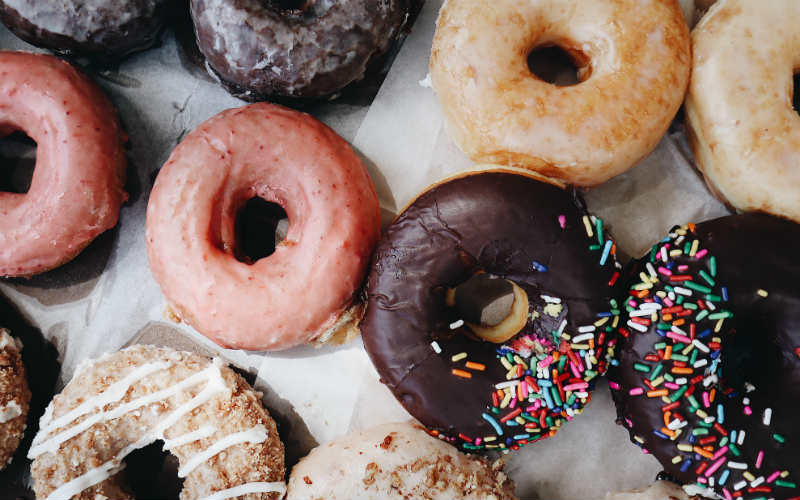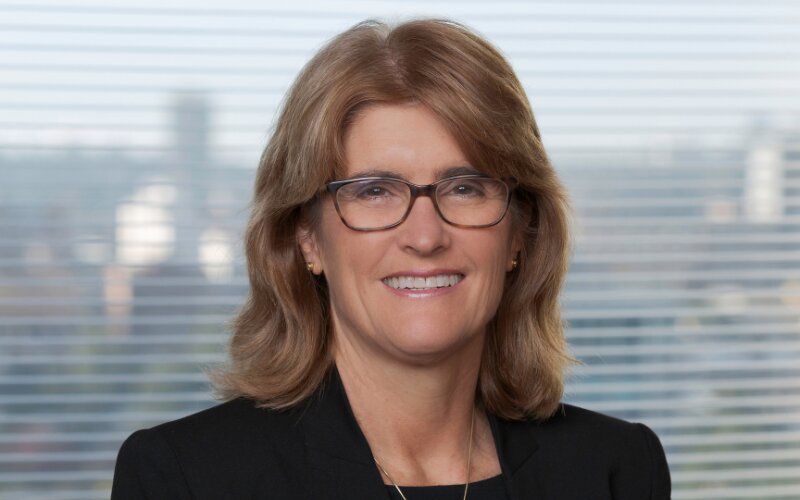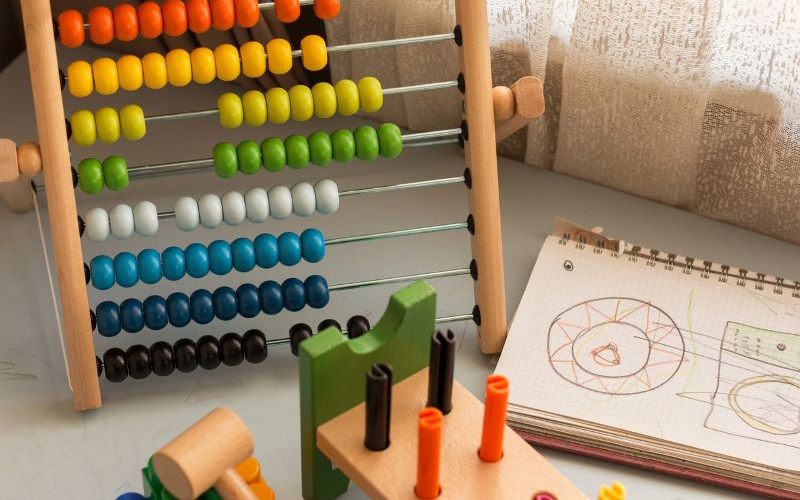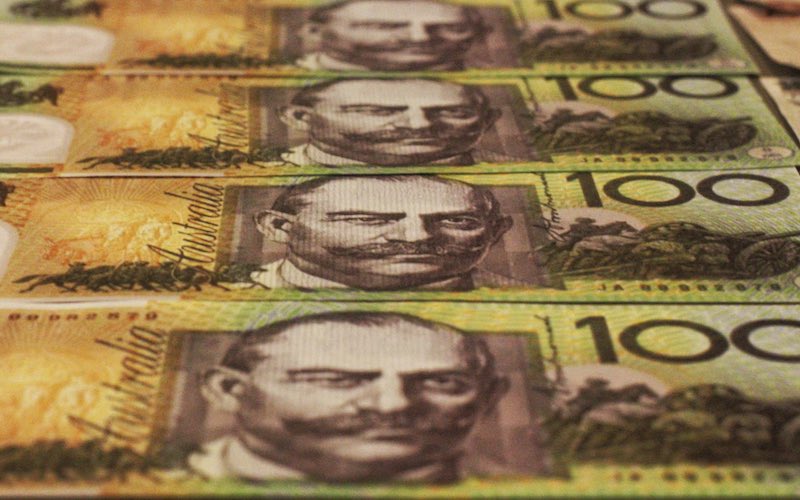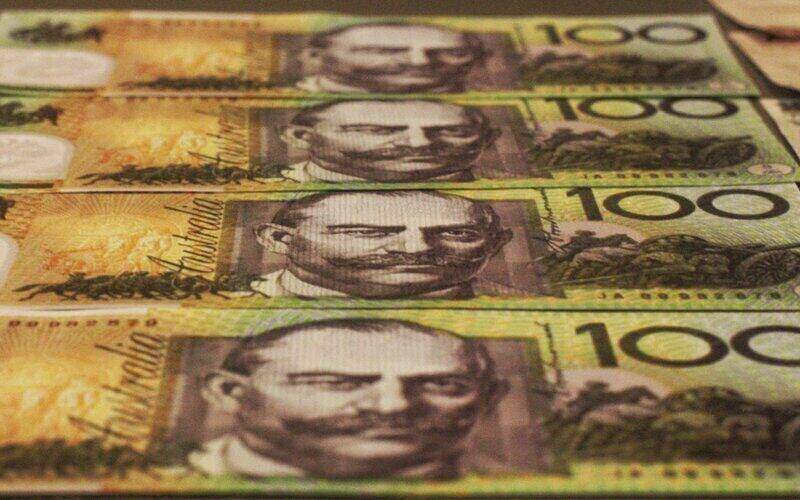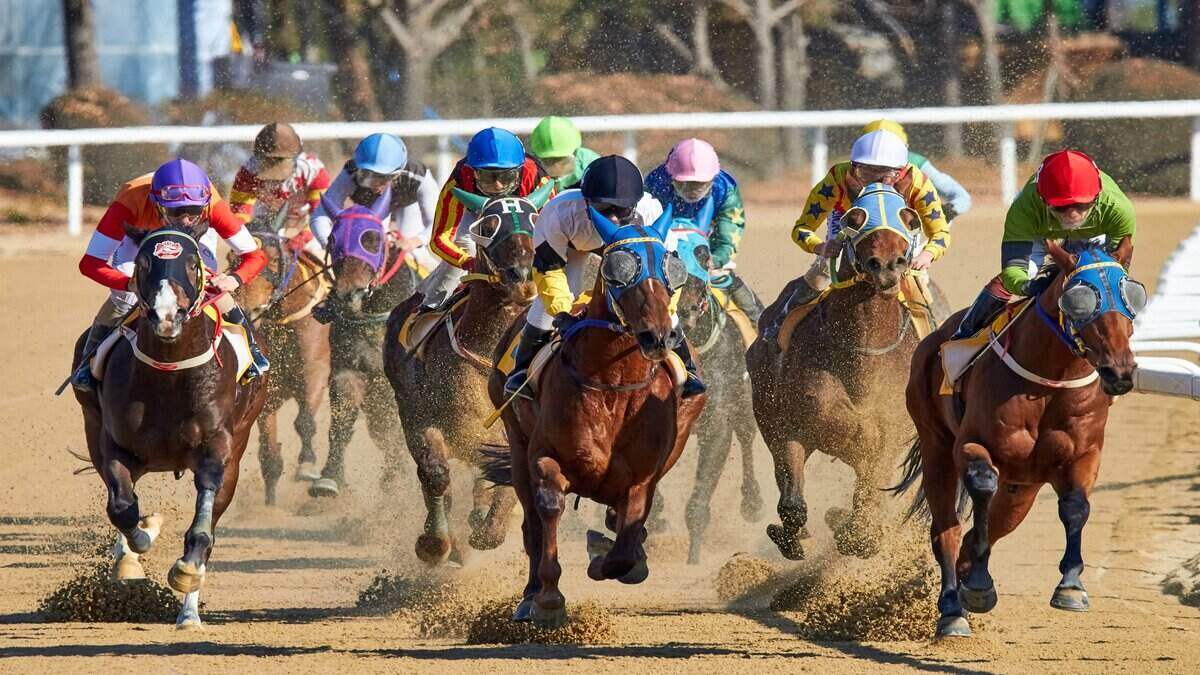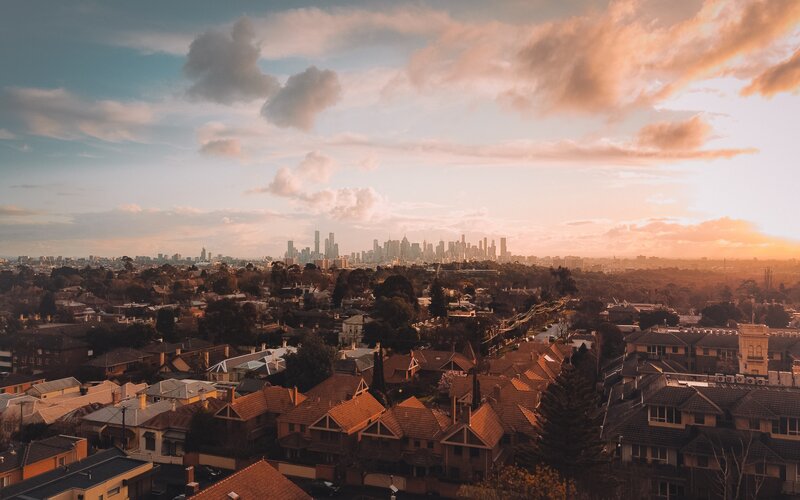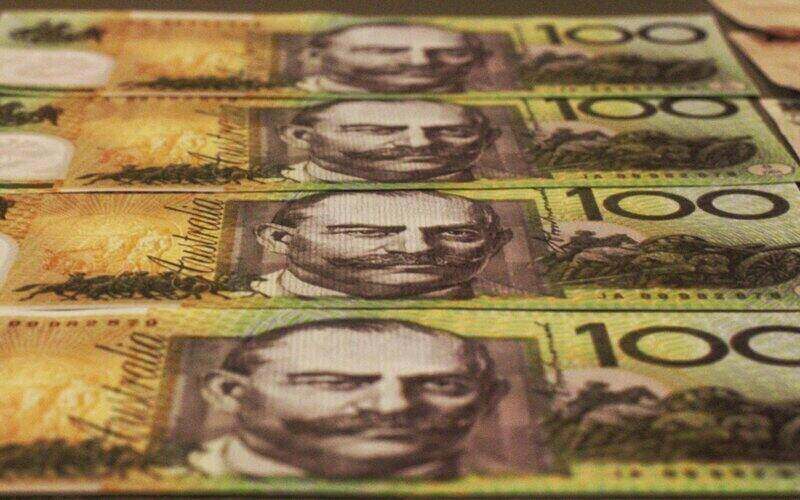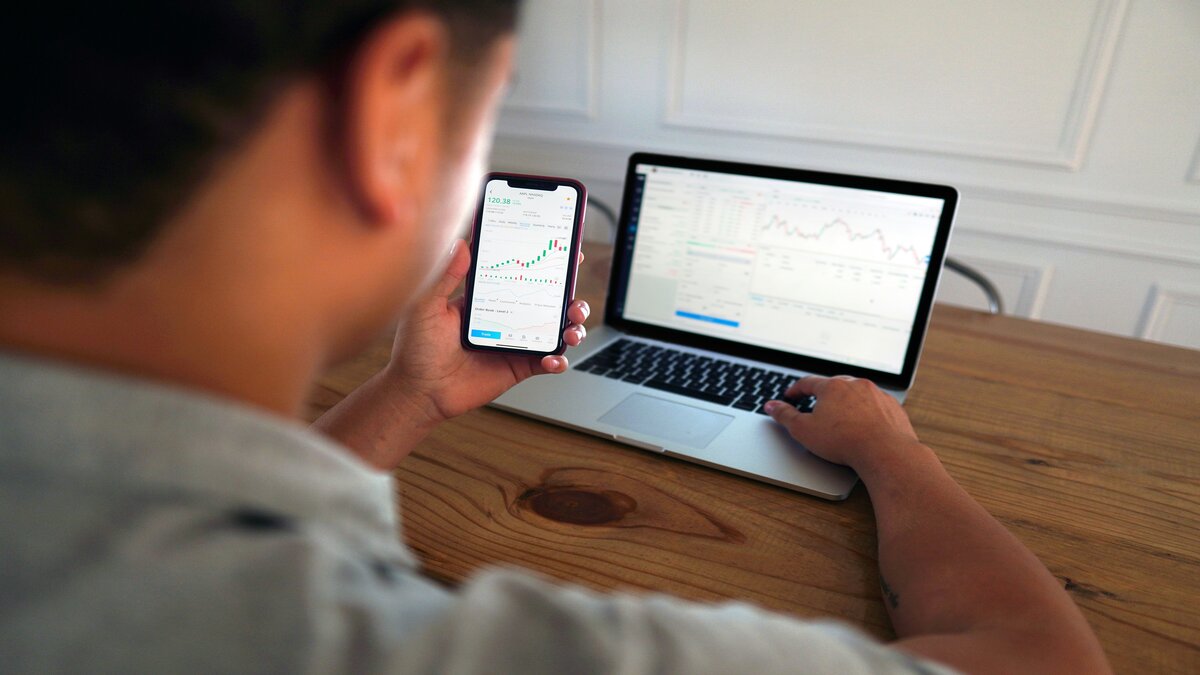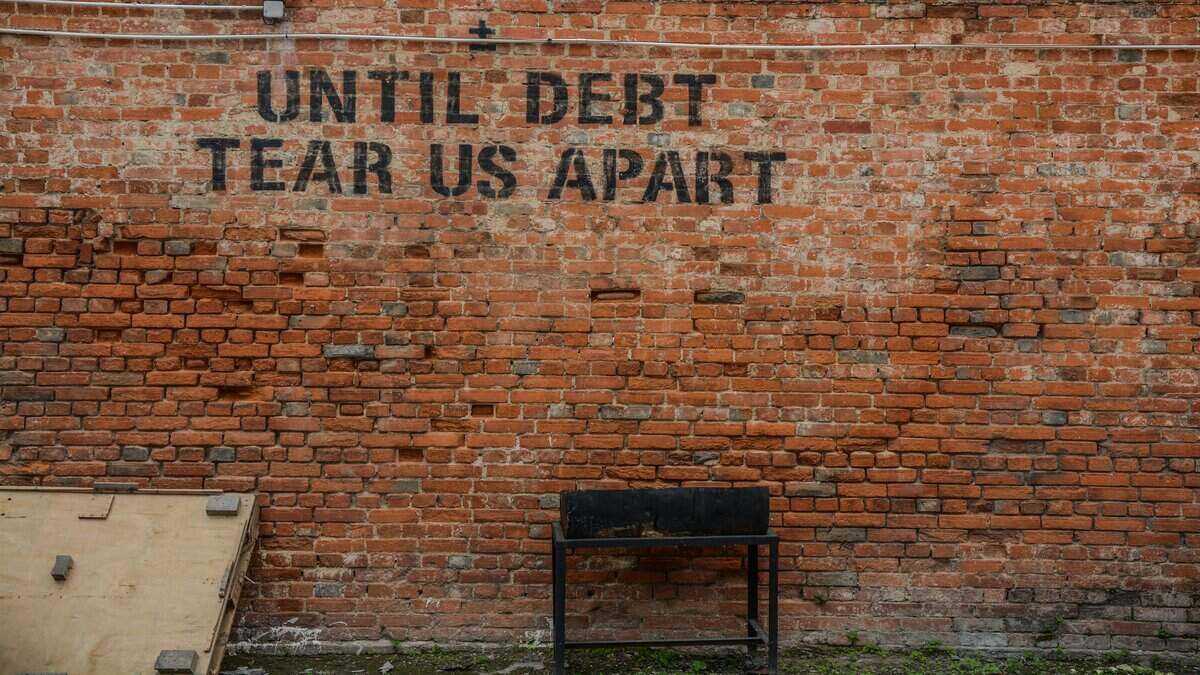Unsurprisingly given the February rate cut, Australian households are now managing to save more of their income compared to 2023 and 2024.
At 5.2%, it's the highest the household savings ratio has been since 2022.
However, GDP per capita dropped 0.4% through the quarter in chain volume measures, back in the red after growing 0.1% through the December quarter.
If the March to June number is also negative - a distinct possibility given this period will capture the tariff related shocks that have hit financial markets in the last couple of months - Australia will officially be back in a per capita recession.
Katherine Keenan, ABS head of national accounts, called economic growth through the March quarter "soft".
"Public spending recorded the largest detraction from growth since the September quarter 2017," she said,
"Extreme weather events reduced domestic final demand and exports."
Aussies tightening the purse strings?
After most variable rate home loan holders saw their repayments reduced in February, the jump in the household saving ratio was predictable.
However, Australian people having more money in their pockets didn't necessarily translate into higher spending.
Household spending rose 0.4% through the quarter, but that's down from a revised 0.7% in December, and driven mostly by essential spending on things like food, rent and electricity.
Gross disposable income rose 2.4%, more than twice as much as nominal household spending (up 1%), which might suggest Australian people have started to spend less by choice rather than necessity.
Inflation wise, this might be a good thing, but as RBA Governor Michele Bullock has discussed a lot recently, the balance of risks have shifted and the RBA as well as policy makers will be increasingly focused on preventing a recession in the near future.
Cash rate ramifications?
Through the 12 months to March, Australia's GDP grew 1.3% in chain volume measures - the most recent RBA forecasts projected annual growth to be 1.8% by the end of June.
That means there will need to be about 0.7% growth throughout the June quarter, which looks unlikely given the volatility of financial markets since the tariff announcements began, as well as the uncertainty about what the next few months will bring.
With RBA rhetoric taking what some have interpreted as a "dovish tilt" in recent months, these latest numbers are likely to lend themselves towards another rate cut when the Board reconvenes in July.
As of 3 June, the ASX RBA rate tracker estimated an 81% chance the board will cut in July.
Picture from Miles Burke on Unsplash

Ready, Set, Buy!
Learn everything you need to know about buying property – from choosing the right property and home loan, to the purchasing process, tips to save money and more!
With bonus Q&A sheet and Crossword!
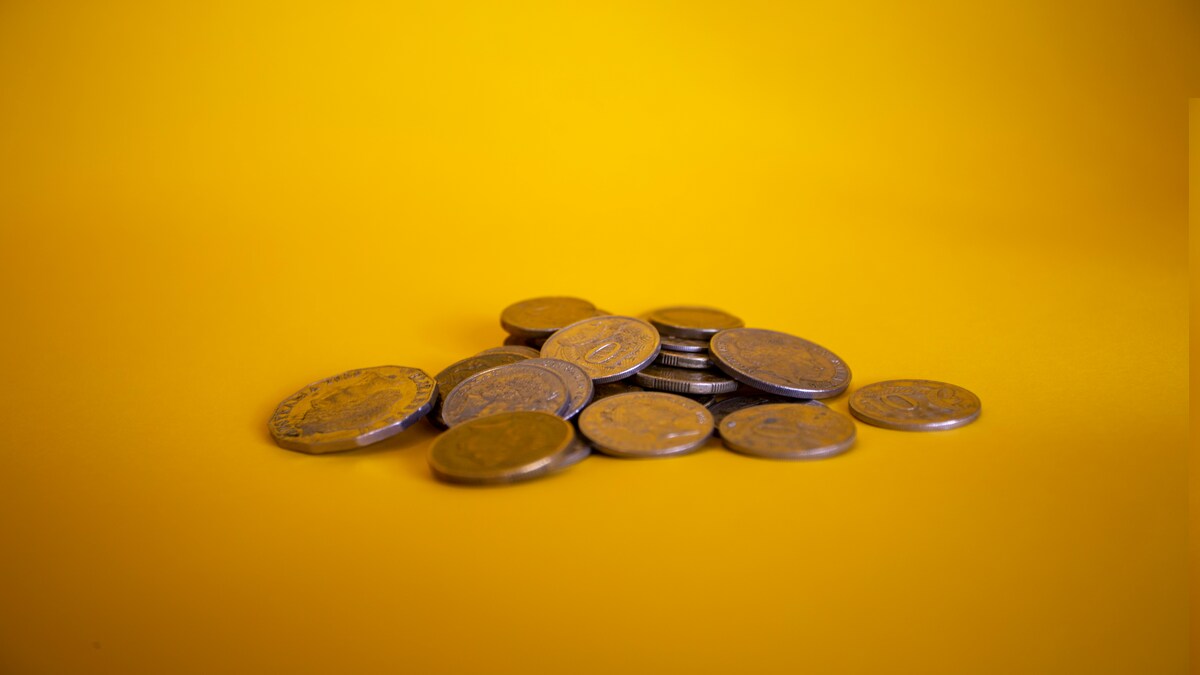


 Harrison Astbury
Harrison Astbury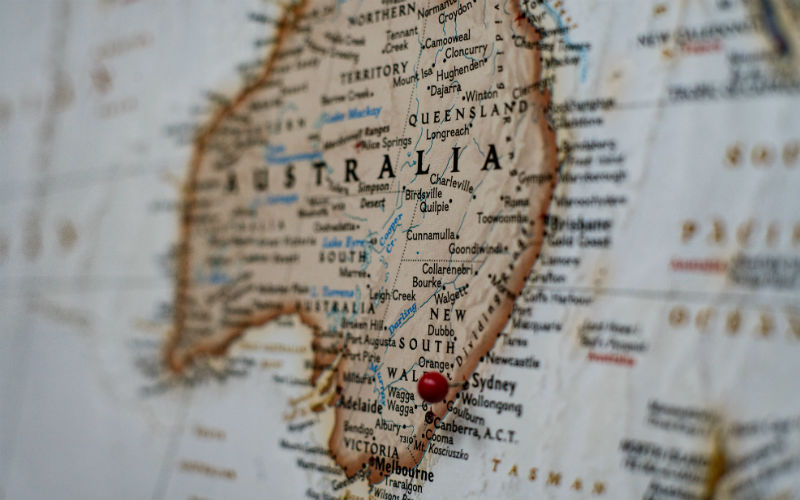
 Harry O'Sullivan
Harry O'Sullivan

